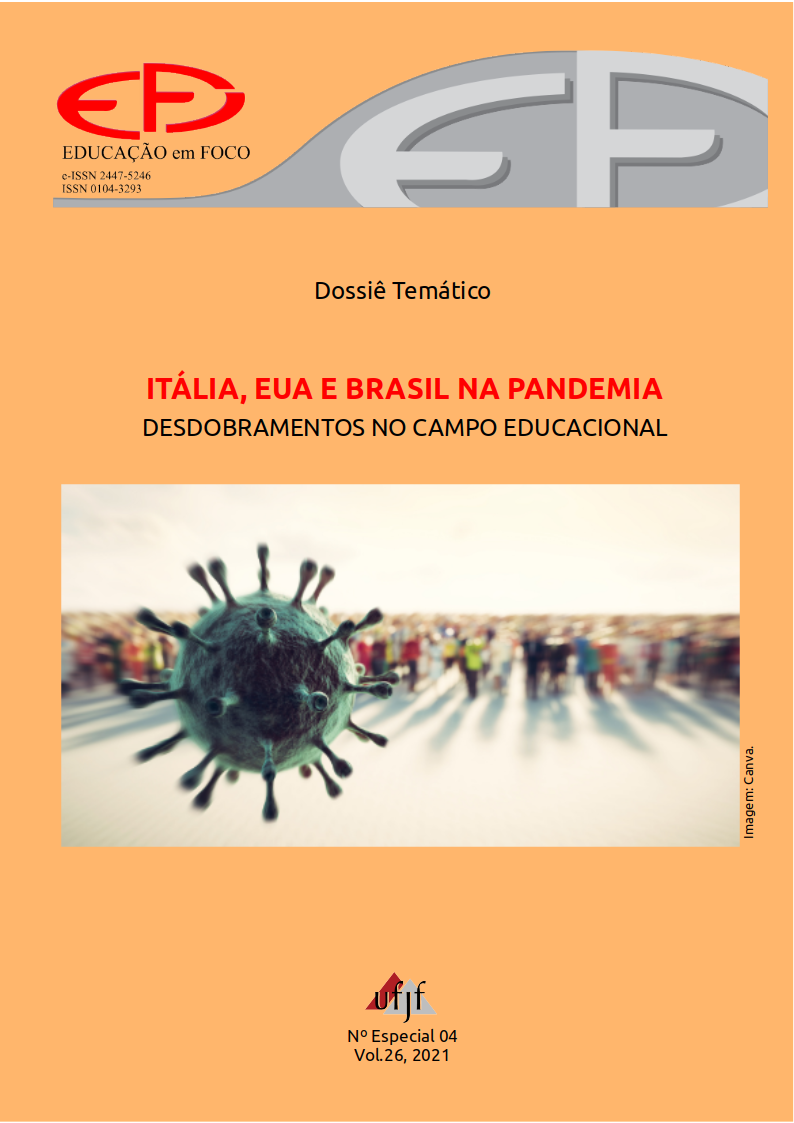PANDEMIC AND GLOBAL ECONOMIC CRISIS
MIST IN THE HORIZON
DOI:
https://doi.org/10.34019/2447-5246.2021.v26.36727Abstract
It is impossible to know if a global economic crisis would have occurred in 2020 without the COVID-19 pandemic, although much data suggest so. Nor is it possible to predict to what extent this crisis will affect each country, how long it will last and to what extent the probable decline of the pandemic will be able to reactivate the economy in 2021. In 2020 there were significant contractions in the gross domestic product (GDP) in many countries (for example, in the US 3.5%, in Japan 5.3%, in India 10.2%, in Russia 3.1%); In China, GDP grew at a minuscule rate (2.3%) compared to previous years. All this shows this crisis as unprecedented since the Great Depression of 1929. It remains to be seen whether the economy will react to the stimulus of trillions of dollars approved in the United States, of a very large size compared to public spending on other occasions, or if it will enter a inflationary crisis as some economists fear. The economic crisis associated with the pandemic has unique characteristics and economic predictions, always risky, on this occasion are even more so. The first year of the pandemic has shown that the infection affects men more than women and is more likely to be fatal the older the patient is and when there are preexisting chronic diseases. As these diseases have a social gradient and since COVID-19 affects less those with a higher income level who live less crowded, or better jobs that allow telework, pandemic mortality also has a gradient by social class and ethnic group and thus, in the US mortality has been significantly higher among African Americans, Latinos and the American Indian population. With probably not very important differences between countries, the case fatality rate, that is, the proportion of those who die among those who become ill, will be the higher the lower the income level of the patients, and thus the pandemic will contribute to maintaining and increasing inequalities in health. Vaccines are being distributed in the world basically according to the ability to pay of countries and within each country favoritism and connections often prevail in vaccination over the epidemiological criterion of minimizing deaths. If one thing is clear among the many unknowns that the present moment raises, it is the need to support those who open some perspective for the future, be it the pro-democracy protesters of Myanmar or Hong Kong, the farmers fighting for their survival against the big commercial interests in India, or those who protest against racism, repression, corruption and governmental or police abuses in Russia, Nigeria, Nicaragua, Paraguay, the United States or any country in the world.
Downloads
Downloads
Published
How to Cite
Issue
Section
License
Ao submeter um artigo à revista Educação em Foco e tê-lo aprovado, os autores concordam em ceder, sem remuneração, os seguintes direitos à Educação em Foco: os direitos de primeira publicação e a permissão para que Educação em Foco redistribua esse artigo e seus metadados aos serviços de indexação e referência que seus editores julguem apropriados.

















